EU MiCA implementation is a “pivotal moment” for crypto regulations: compliance expert

The European Central Bank recently joined forces with Crystal Intelligence, as its blockchain analytics partner for the upcoming MiCA implementation.

The European Union is preparing to roll out the Markets in Crypto Assets (MiCA) bill, as the first comprehensive regulatory framework for the crypto industry.
This would make the European Union the first jurisdiction with a holistic regulatory framework on digital assets.
While it is a pivotal moment for crypto regulation, the actual implementation could present significant challenges, according to Hedi Navazan, the head of compliance and regulatory affairs at Crystal Intelligence.
The compliance expert told Cointelegraph that MiCA aims to provide a harmonized framework for issuing and trading crypto-assets. Navazan said this offers much-needed legal clarity and consumer protection:
However, the path to effective implementation is fraught with challenges, particularly for supervisory authorities.”
Crystal Intelligence was recently chosen by the European Central Bank as its blockchain analytics partner for the upcoming MiCA implementation. The firm will aid the central bank in understanding onchain activity, according to Navazan:
“Our data will be used to help the ECB further understand on-chain activity within the countries under its jurisdiction to support their assessment of crypto risk and financial stability.”
Related: EU markets will pave the way for first Ether staking ETF: dYdX CEO
Technological complexities may lead to MiCA’s delayed implementation
MiCA’s gradual implementation could potentially face delays, due to the technical complexity of the implementation. According to Navazan, a chief concern could be a call to extend the deadline of the implementation:
“Technological complexity, cross border jurisdictional nature of crypto assets complicates regulatory enforcement and necessitates strong international cooperation and information-sharing mechanisms.”
Some of the bill’s most challenging aspects include stablecoin issuer oversight, in the wake of the Terra-Luna collapse, explained Navazan, adding that the role of supervisory authorities will be crucial:
“As MiCA moves closer to implementation, the role of supervisory authorities in ensuring a stable and transparent crypto market cannot be overstated.”
Crystal Intelligence has co-hosted seven roundtable discussions on the upcoming MiCA bill, with public and private participants and notable crypto firms including Binance, Bitpanda, Kraken and members of the European Commission.
Related: Ethena Labs’ USDe launches as margin collateral on Bybit with 20% APR
MiCA could attract more financial institutions to crypto
The regulatory clarity provided by the MiCA framework could bolster institutional cryptocurrency adoption.
Some of the largest European banks are entering the crypto space, in anticipation of the regulatory clarity provided by the bill, according to Lukas Enzersdorfer-Konrad, the deputy CEO of Bitpanda.
He told Cointelegraph:
“European banks are moving into crypto as an asset class and tokenization technology because MiCA, the upcoming regulatory framework for Europe, is suddenly bringing full clarity for banks.”
While the MiCA bill is set for gradual implementation, the framework impacting crypto-asset service providers will go into full effect on December 30, 2024.

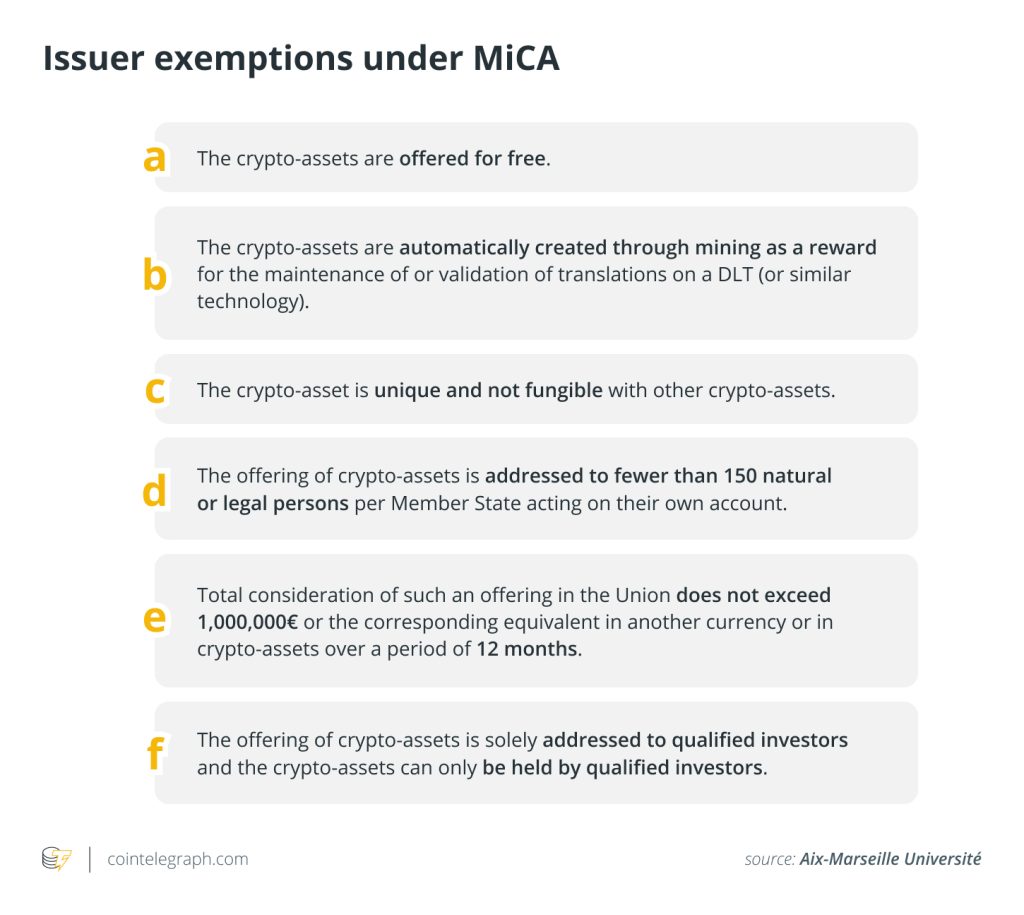
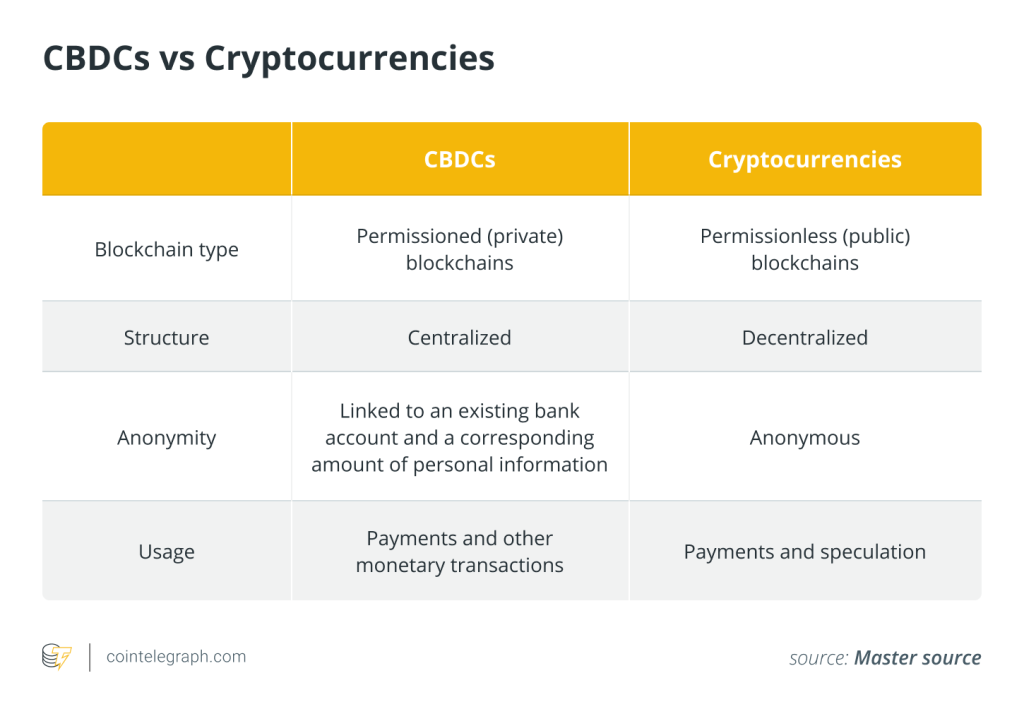
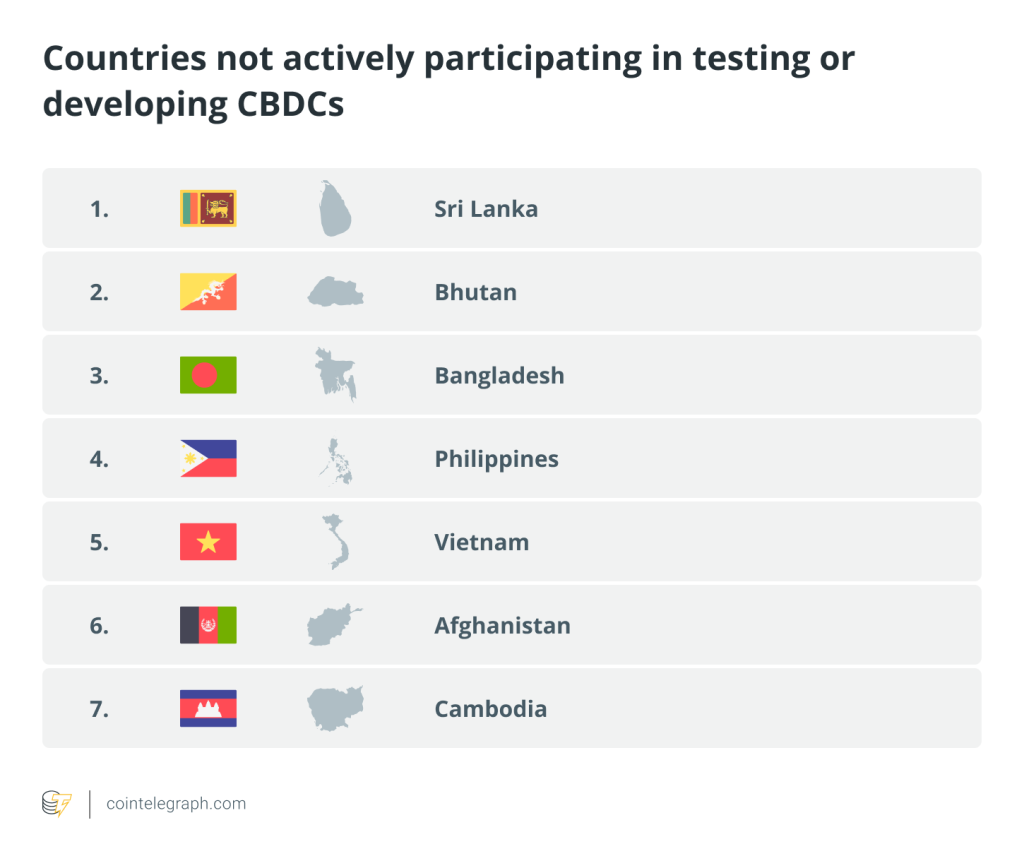
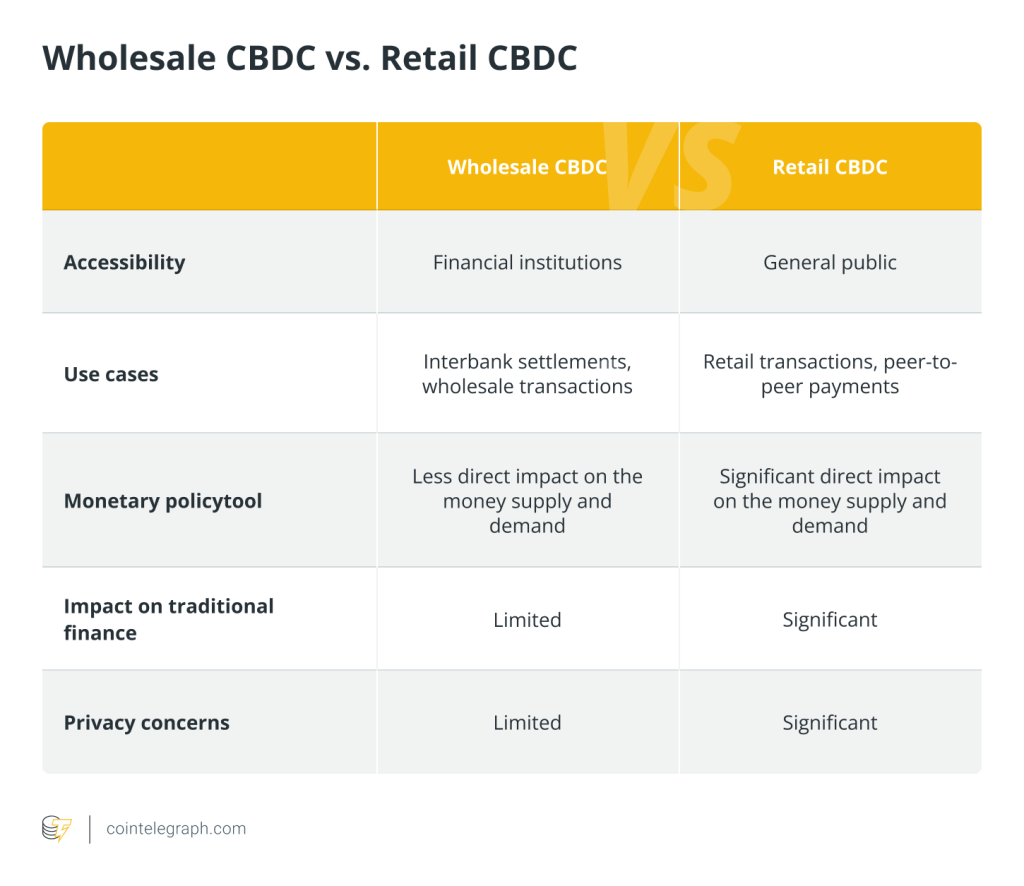
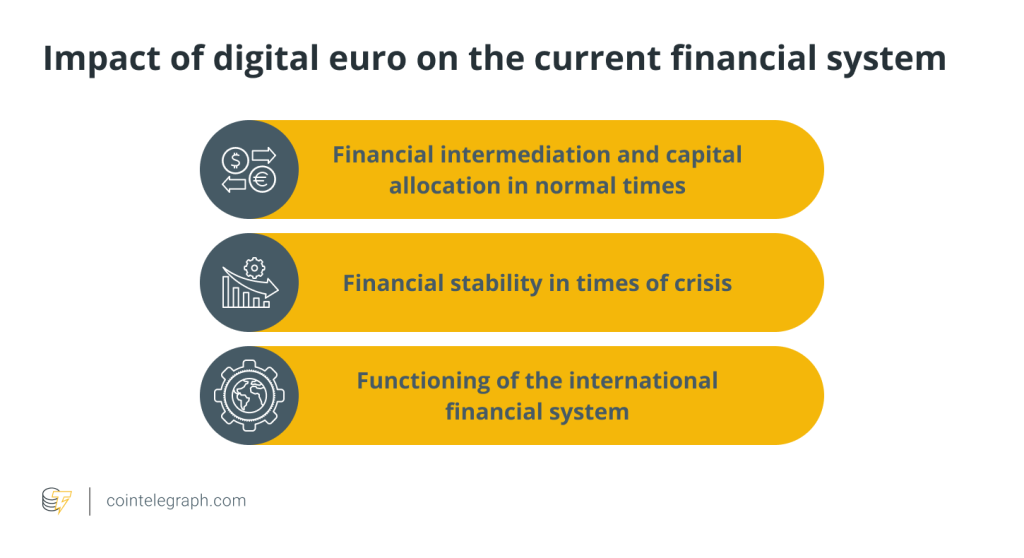
Responses